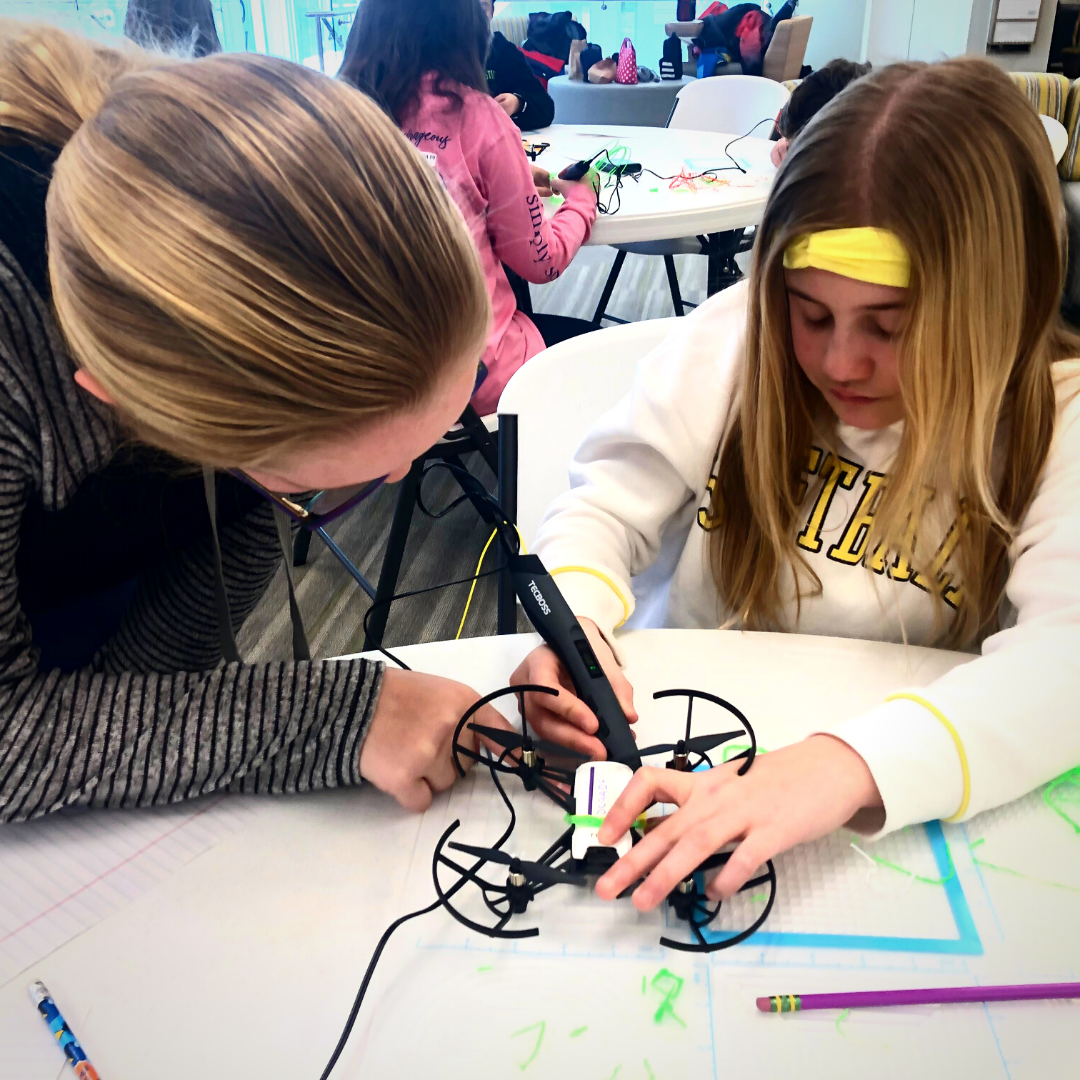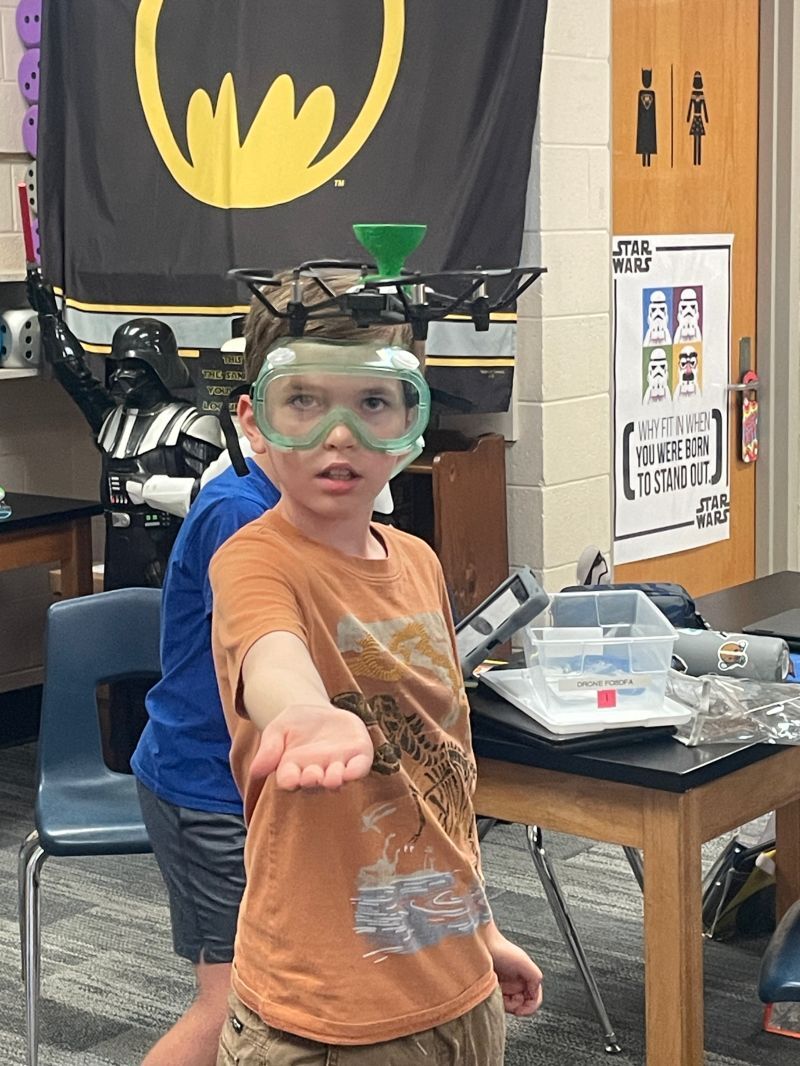
The use of drones has become increasingly popular in recent years, with applications ranging from military and commercial use to leisure and education. As a result, incorporating drones into the classroom has the potential to provide students with unique learning opportunities that engage them in Science, Technology, Engineering, and Mathematics (STEM) subjects, including coding.
In this post, we highlight the benefits of implementing a drone curriculum in elementary schools and provide tips for creating successful drone programs for kids, including the incorporation of coding.
Benefits of Drone Curriculum in Elementary Schools:
- Hands-on learning: One of the biggest advantages of using drones in the classroom is that they provide students with a hands-on learning experience. Rather than simply reading about or watching a demonstration of a concept, students have the opportunity to actively participate in building and flying drones. This hands-on approach can help students better understand and retain information, as well as develop important skills such as problem-solving and critical thinking.
- Engaging and fun: Let’s face it, drones are just plain cool. For many students, the opportunity to work with drones is an exciting and engaging experience that keeps them motivated and interested in learning. By incorporating drones into the curriculum, teachers can tap into this excitement and use it as a tool to engage students in STEM subjects.
- Relevant and practical: The use of drones is a rapidly growing industry with a wide range of applications. By introducing students to drones at an early age, teachers can help them develop skills that are relevant and practical in today’s world. This not only helps students see the real-world relevance of their education, but it also helps them develop valuable skills that can set them up for success in the future.
- Opportunities for coding: In addition to learning about drones and engineering, students can also learn the basics of coding through drone programs. By programming drones to perform certain tasks or follow specific instructions, students can gain valuable coding skills that are applicable to a wide range of industries. In addition to learning how to code, students can also apply their coding skills to customize and modify their drones, allowing them to take a hands-on approach to their learning and explore their own interests and creativity.
Tips for Creating Successful Drone Programs for Kids:
- Start small: When it comes to incorporating drones into the classroom, it’s important to start small and gradually build up. This can mean starting with simple activities such as building and flying a basic drone, and then moving on to more complex projects as students gain skills and confidence.
- Use age-appropriate materials: It’s important to use materials and activities that are appropriate for the age and skill level of your students. For younger students, this might mean using simpler drones and activities, while older students might be ready for more advanced projects and coding tasks.
- Follow all safety guidelines: Safety should always be the top priority when working with drones. This includes following all local and federal guidelines, as well as ensuring that students are properly supervised at all times.
- Have a plan: Before introducing drones into the classroom, it’s important to have a clear plan in place. This should include a schedule of activities, materials and resources needed, and any necessary safety precautions.
- Incorporate other STEM subjects: Drones can be a great way to engage students in STEM subjects, including coding, but it’s important to remember that they should not be the only focus of your curriculum. By incorporating drones into a broader STEM curriculum, teachers can help students see the connections between different subjects and how they all work together.
Final thoughts on drone curriculum for kids
Incorporating drones into the classroom has the potential to provide students with unique learning opportunities that engage them in STEM subjects. By starting small, using age-appropriate materials, and following all safety guidelines, teachers can create successful drone programs for kids that are both fun and educational. By incorporating drones into a broader STEM curriculum, teachers can help students see the connections between different subjects and how they all work together, setting them up for success in the rapidly growing drone industry.
At Drone Legends, we help kids in grades 5–8 learn about STEM by giving them an educational drone curriculum. We have taught hundreds of teachers from all over the world how to use our program to make learning fun.
Want to learn more about our STEM drone curriculum? Join the Drone Legends community of industry experts and drone enthusiasts today.



